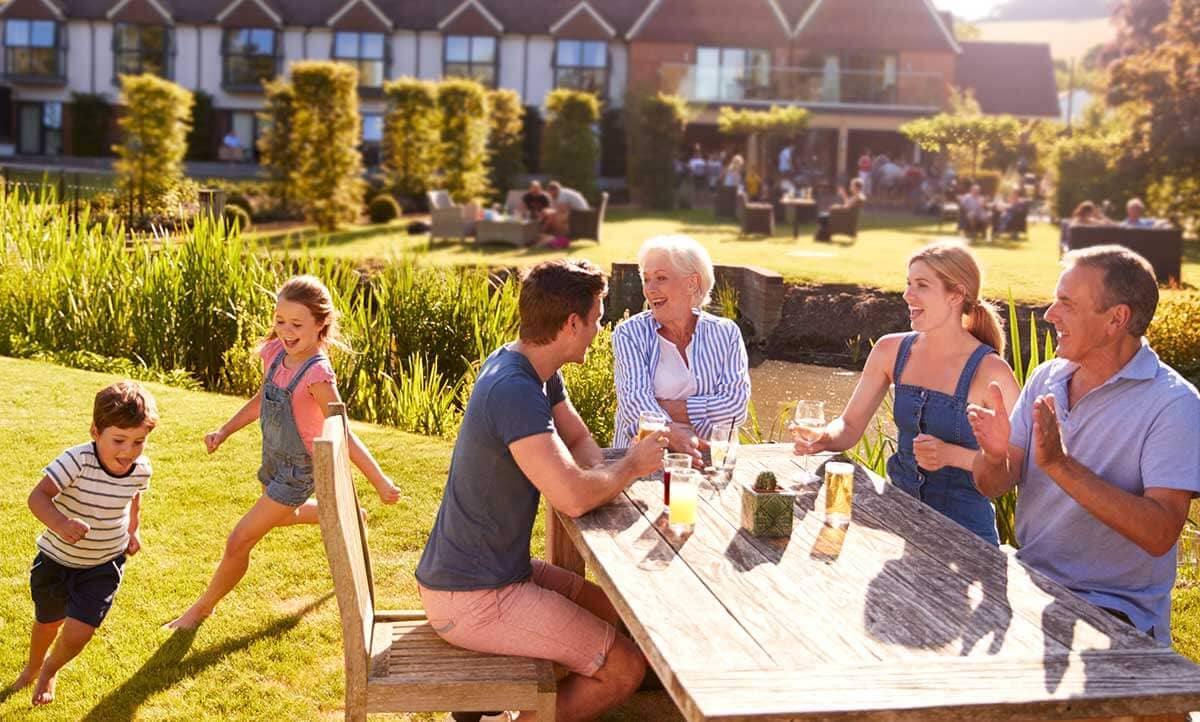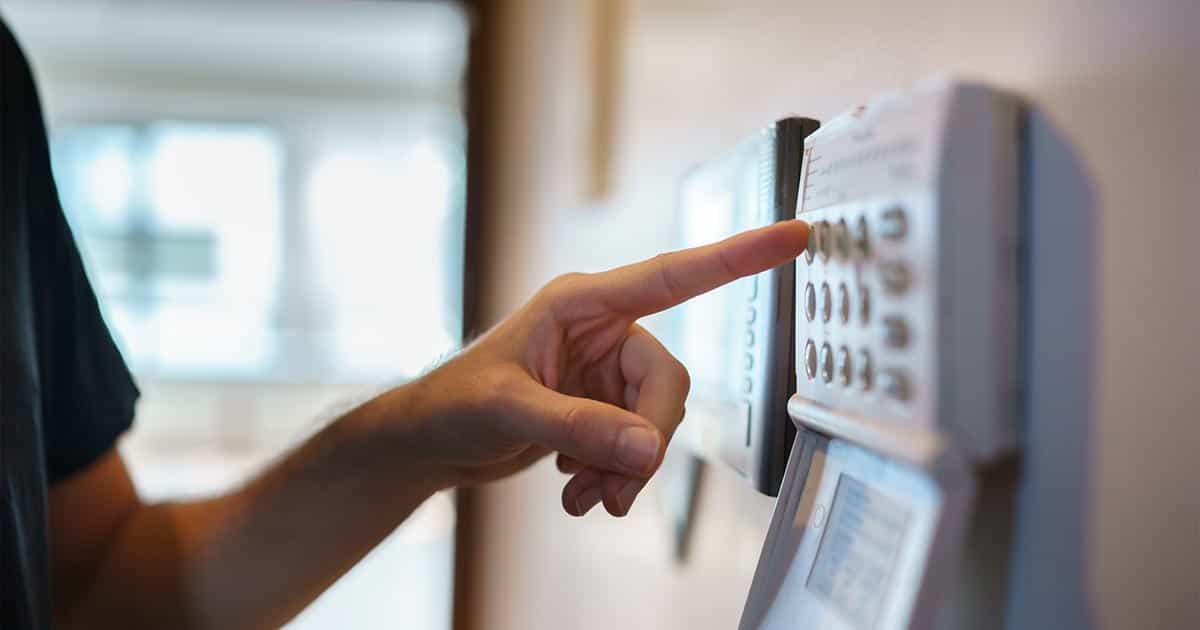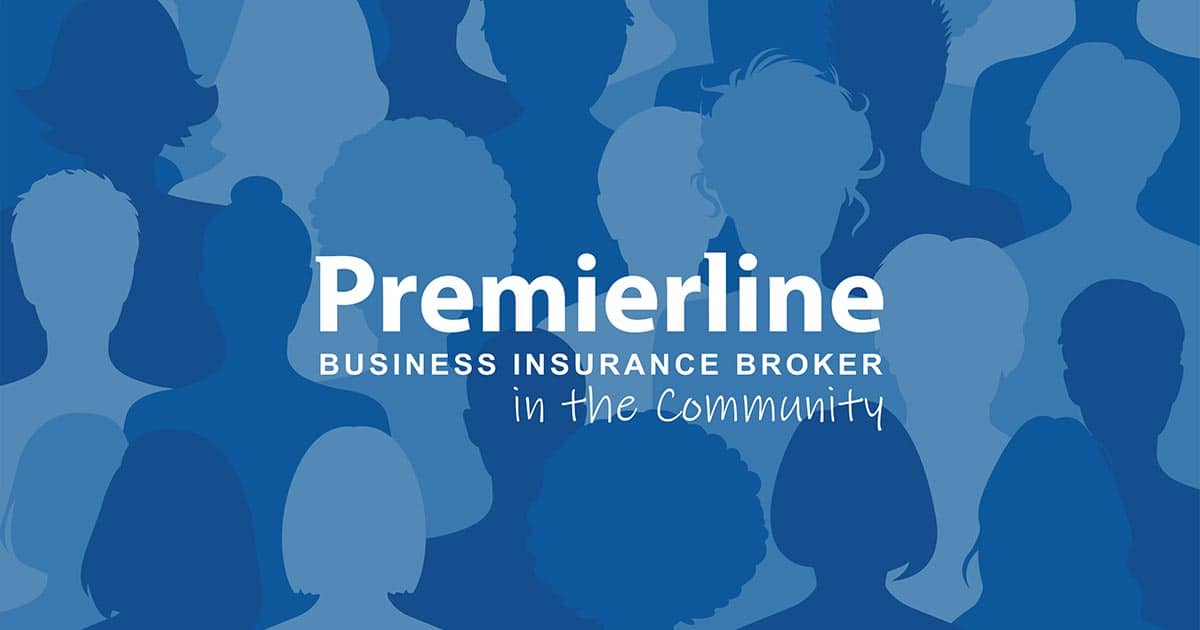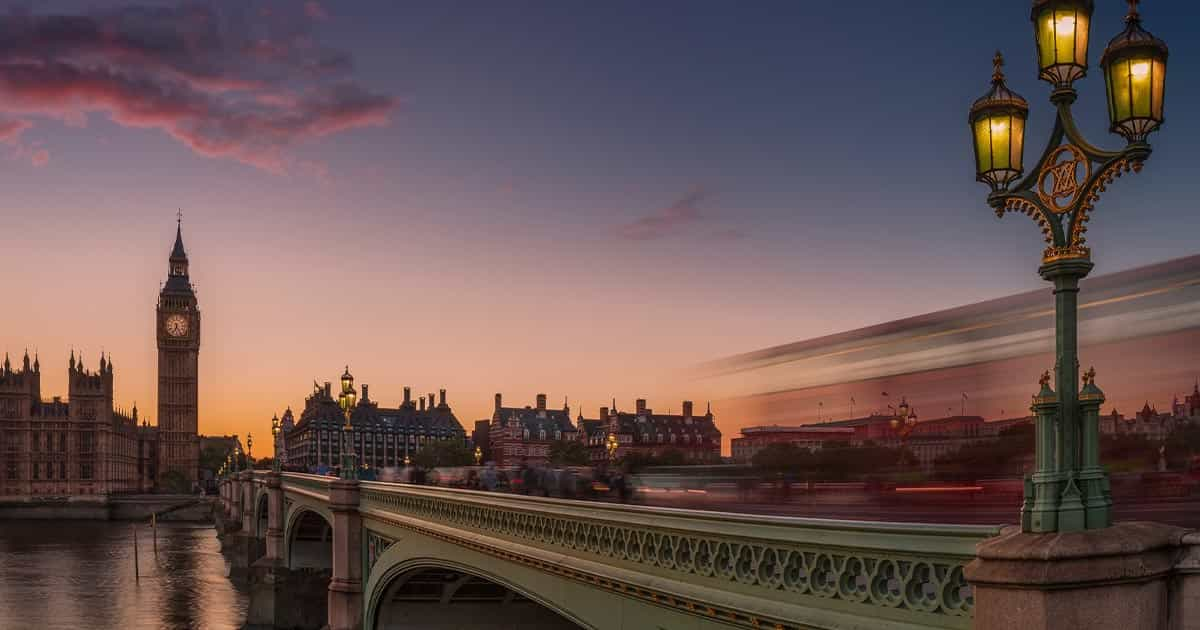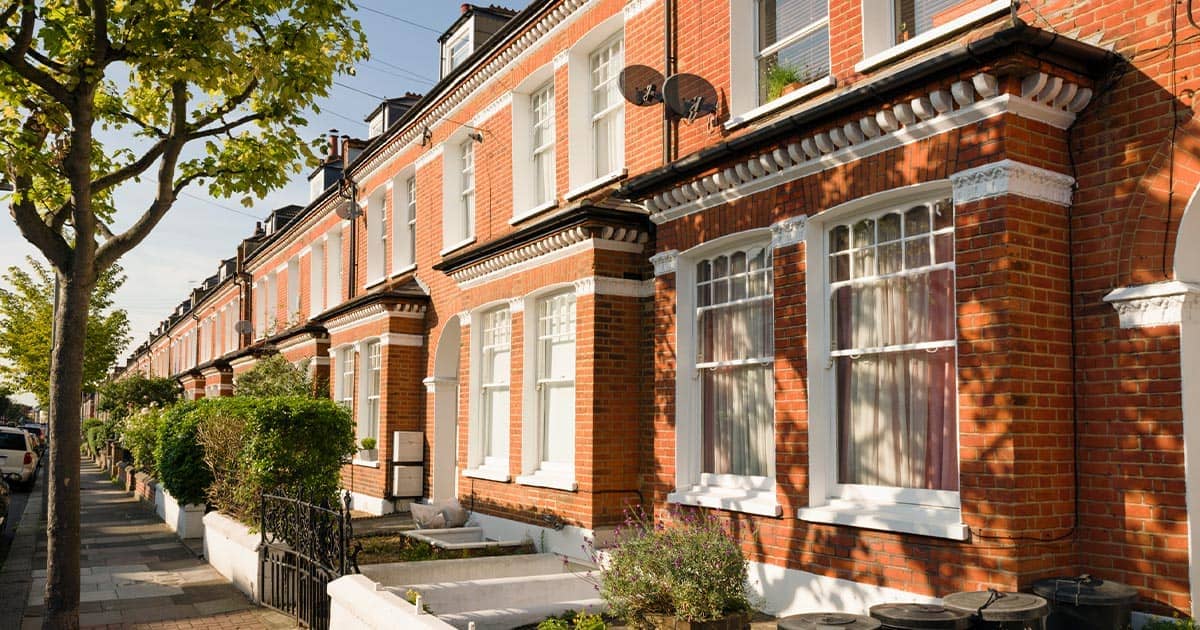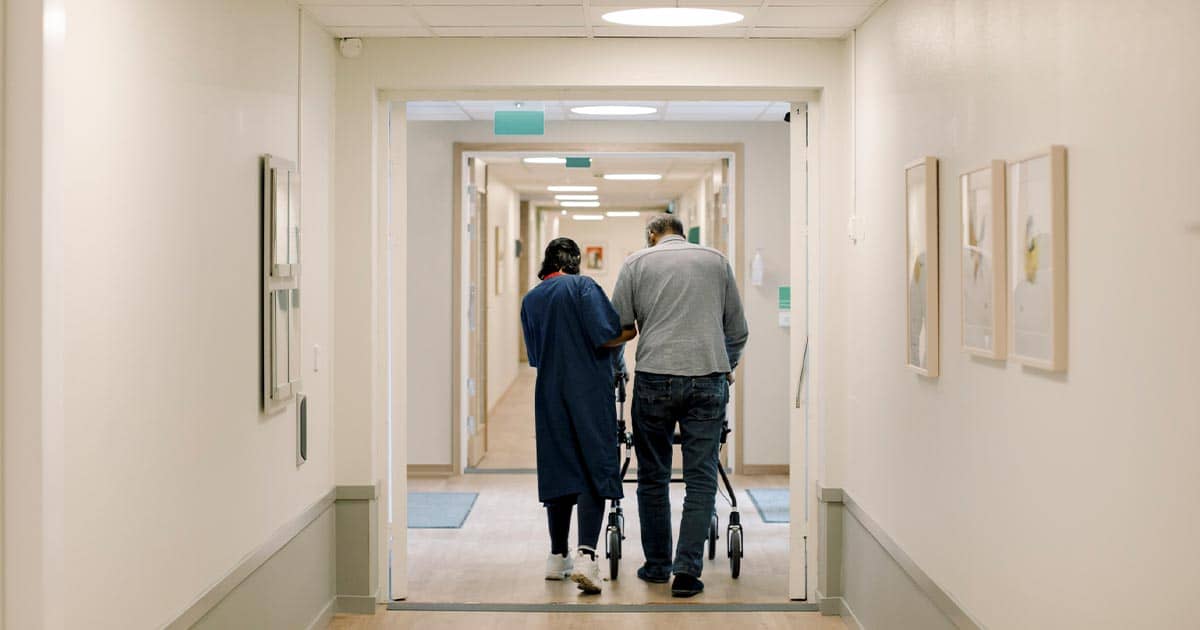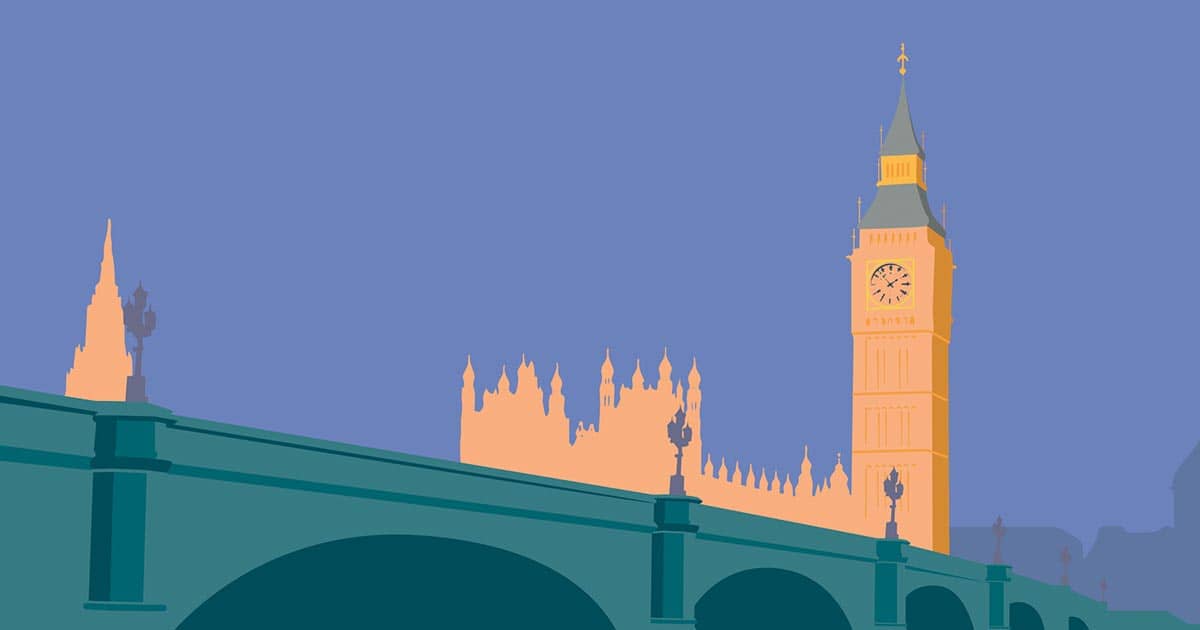For those of us who are old enough to remember, Britain’s pubs once looked and felt a lot different from those found today.
Typified by a concoction of terrible lighting, sticky carpets and smoke-filled snugs, these were places which catered to the old guard – not families. But one only has to visit their local watering hole to see how quickly this has all changed. In contrast, we are now presented with super clean rooms replete with better lighting, better seating and more inclusive demeanours.
This evolution in the bar and pub trade has injected new life into a once stuttering industry, with turnover growth jumping from -0.5% between 2011-2014 to +1.3% between 2014-2017. The industry is doing so well, in fact, that the MCA predicts pubs will contribute more turnover than any other sector in the UK eating out market in 2018.
For every success the local pub has had in recent years, however, there have been many hoops to jump through along the way. From beer taxes to child bans, here we look at how public houses became the family-friendly places we know today.


